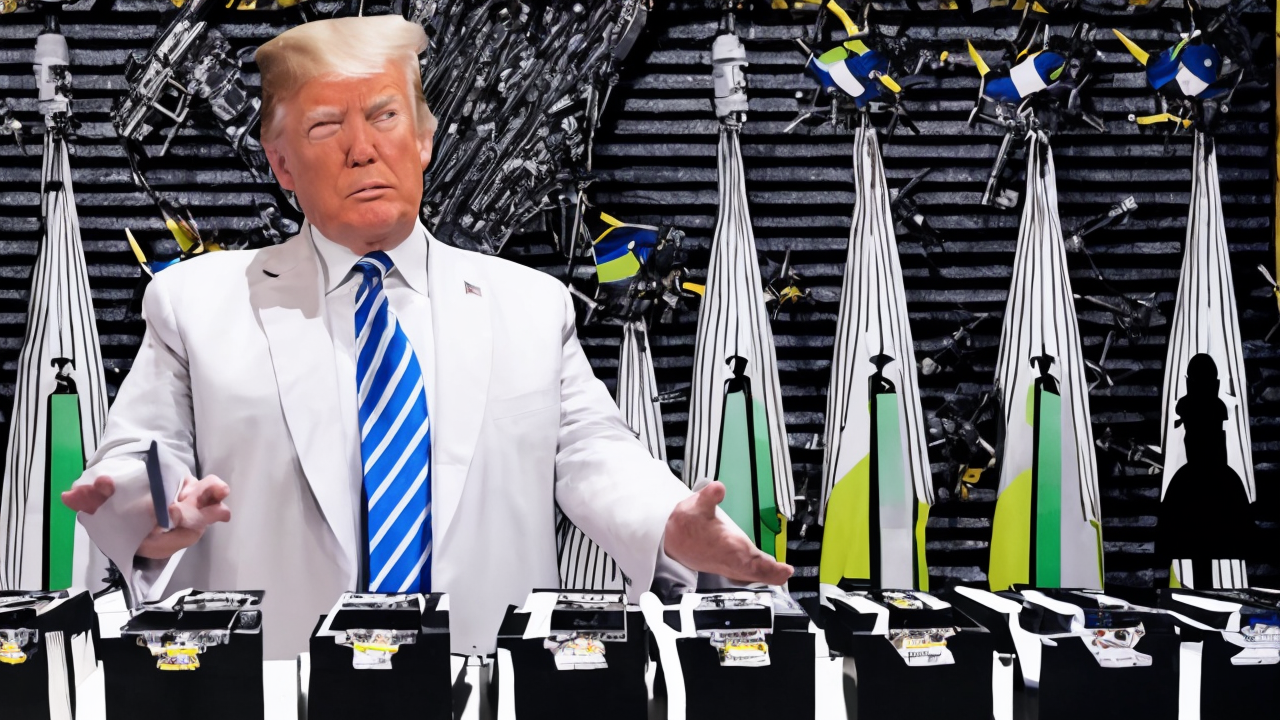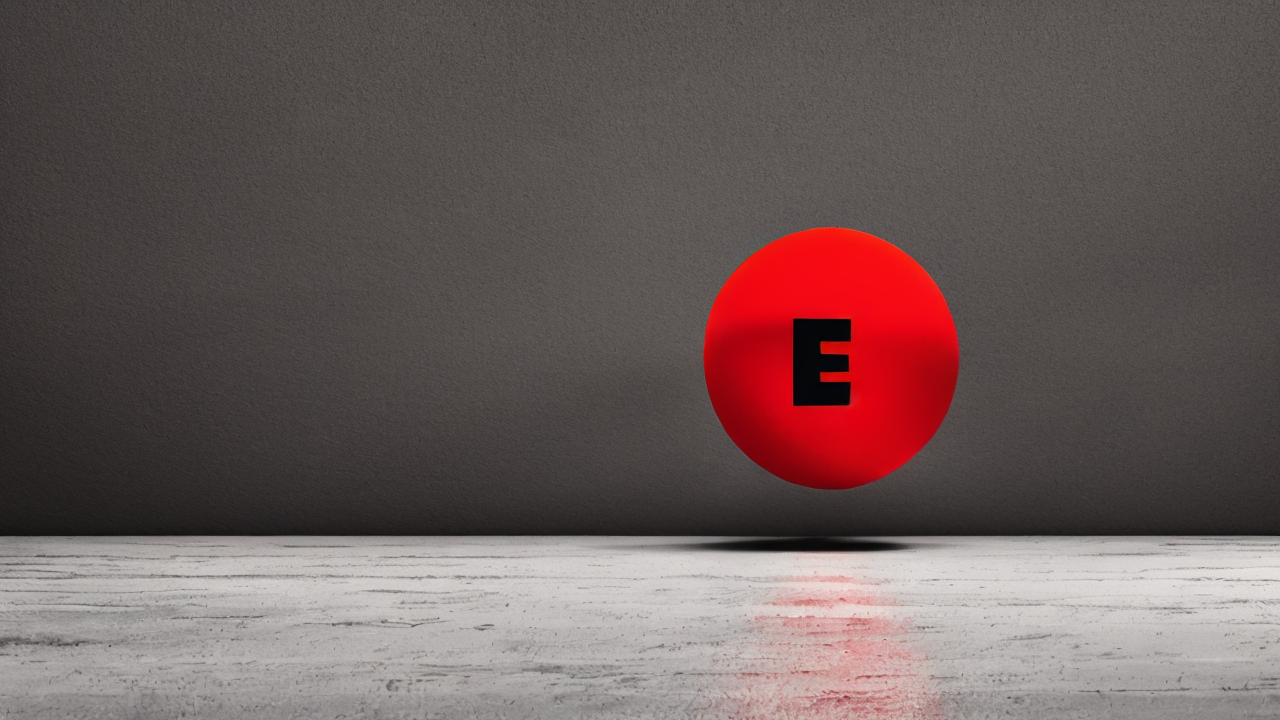Paris Climate Accord’s Demise—James Hansen Was Right

Ten years after its signing, the Paris Climate Agreement stands as a cautionary tale of what happens when lofty ideals outpace practical reality. Only one of the 40 major signatories is on track to meet its emissions targets, and even that progress is marginal. Most nations have failed to submit credible plans, while others—like the United States, Russia, Saudi Arabia, and China—remain far behind. These outcomes confirm what climate scientist James Hansen warned in 2015: the agreement was built on voluntary promises with no real accountability, making it little more than a symbolic gesture.
Hansen, often called the father of global warming awareness, did not reject climate science. He rejected the political theater that passed for solutions. He criticized the reliance on unenforced pledges and the refusal to confront the reality that fossil fuels still power the world. Even at COP30, where “clean energy” dominates the conversation, the fundamental challenge remains: renewable sources cannot yet supply the consistent, reliable energy needed across diverse climates and seasons. Wind and solar falter in darkness, storms, and cold—conditions that do not disappear because we wish they would.
China, frequently praised for green initiatives, continues to expand its coal-fired power plants. It remains the world’s largest emitter, and its energy strategy reflects pragmatism, not ideology. This gap between rhetoric and reality is not unique. Across the developing world, millions still lack access to stable electricity. In those regions, the choice is not between clean and dirty energy—it is between power and darkness, warmth and cold, health and illness.
The push for rapid decarbonization often overlooks the human cost. Energy is not a luxury. It is a foundation of life. It powers hospitals, schools, homes, and industries. To frame energy access as a moral failing rather than a moral imperative is to misunderstand the dignity of human need. When policies make electricity unaffordable or unreliable, the most vulnerable suffer first.
Rather than chasing global agreements that fail to deliver, the focus should shift to solutions grounded in reality. Adaptation—planning for weather extremes, improving infrastructure, and building resilience—is not a retreat. It is a responsibility. So is ensuring energy abundance. Nuclear power, clean coal, and advanced natural gas technologies are not relics of the past. They are proven tools for reliable, scalable energy. Innovation in energy storage and grid modernization can complement renewables without replacing the proven backbone of fossil fuels.
The American people understand this. They value independence, stability, and security. They want a future where their children can thrive—not because of international treaties, but because of strong, self-reliant communities and a robust domestic energy base. National strength is tied to energy independence. When a nation depends on foreign sources for its power, it becomes vulnerable to disruption, manipulation, and coercion.
The Paris Accord failed because it ignored these truths. It treated energy as a problem to be solved through guilt and politics rather than through innovation and responsibility. It assumed that ideology could override physics and economics. That assumption has proven wrong.
We are better than this. We can build a future that honors both our duty to the earth and our duty to one another. That means investing in real technology, strengthening our infrastructure, and ensuring that no one is left in the dark. It means recognizing that progress comes not from empty promises, but from hard work, sound policy, and the courage to build what works.
Let the collapse of the Paris Agreement be a lesson in humility. Let it remind us that the greatest threats are not always from nature, but from abandoning common sense in favor of untested visions. The path forward is not in surrendering to fear or ideology. It is in building, innovating, and stewarding our resources with wisdom and purpose.
Published: 11/16/2025








